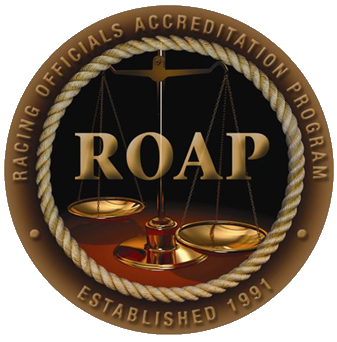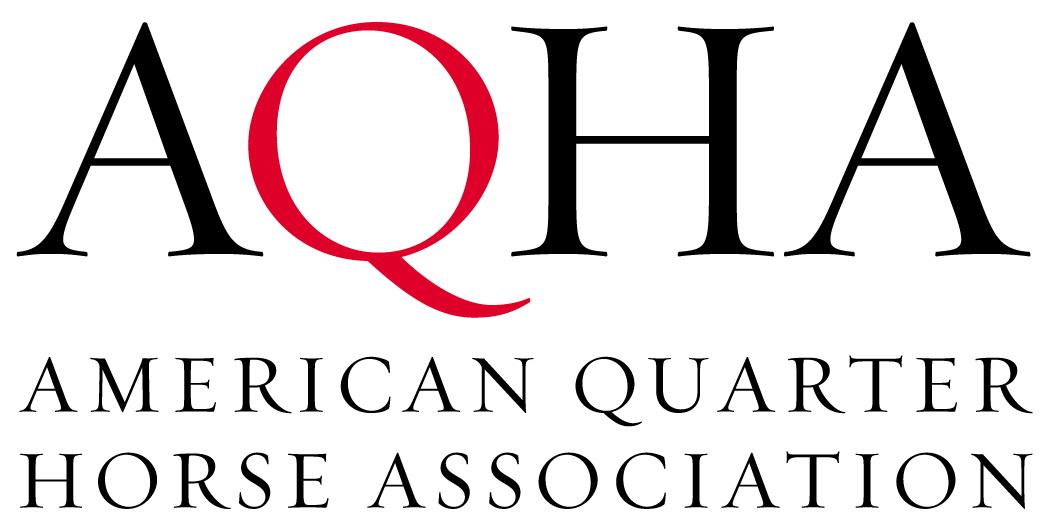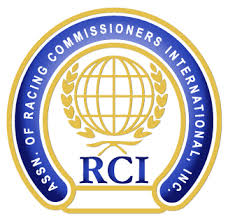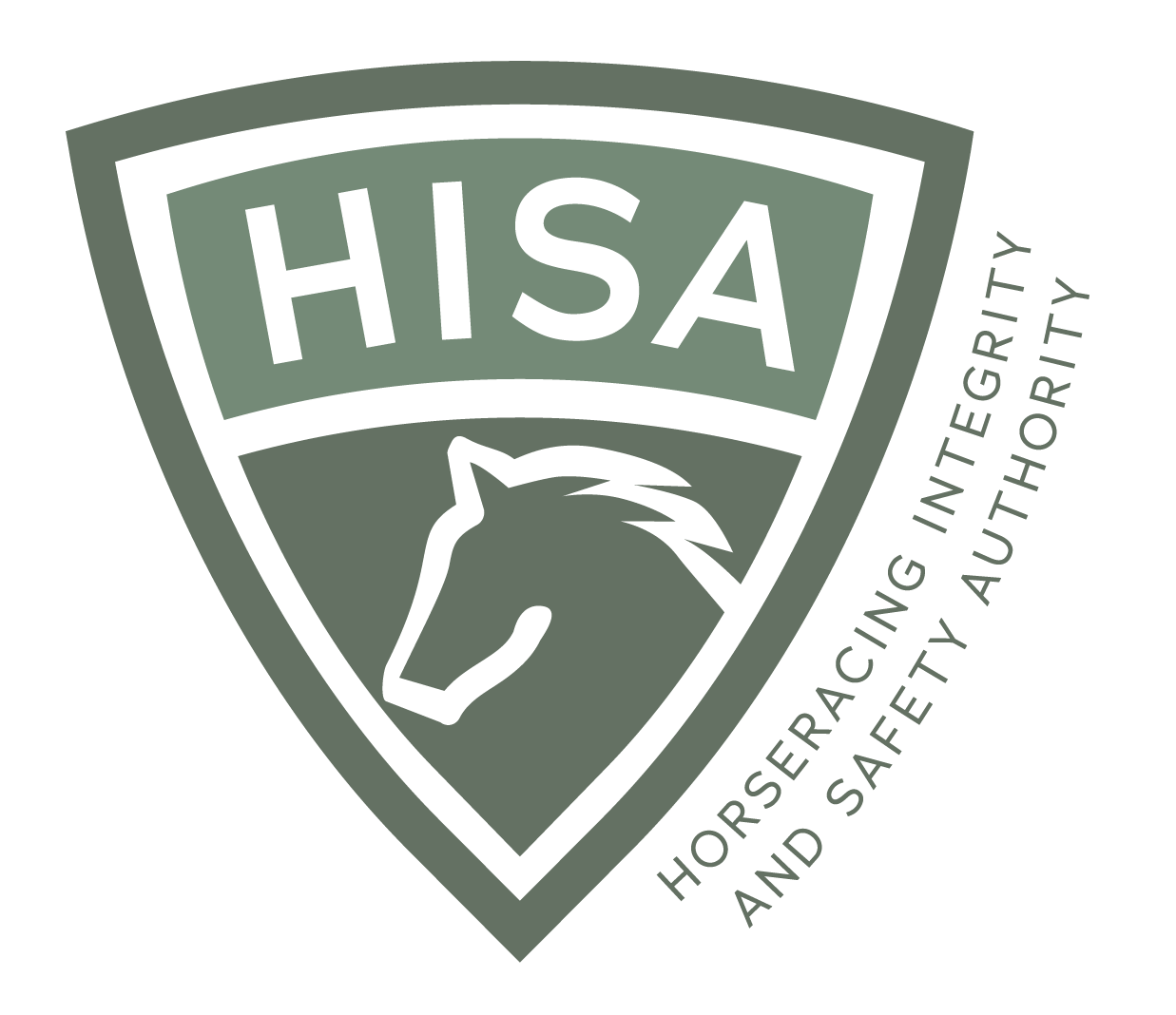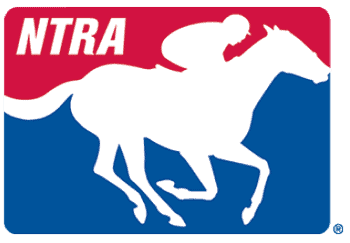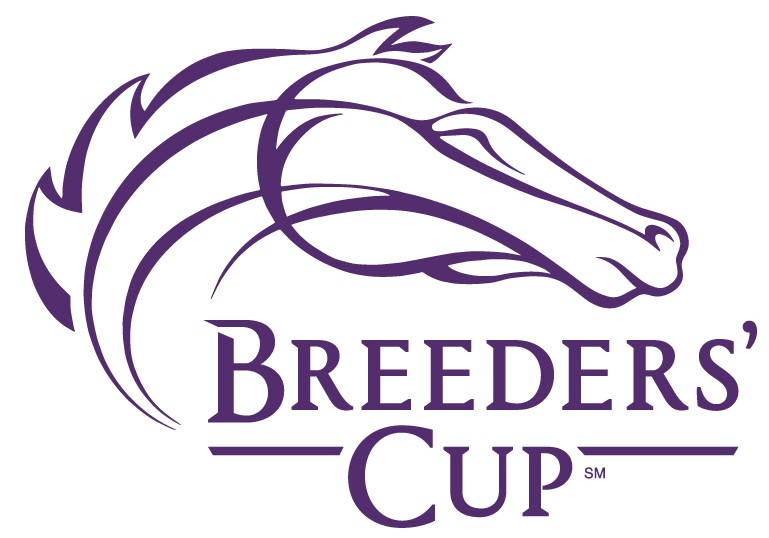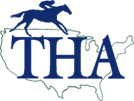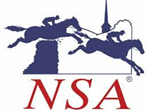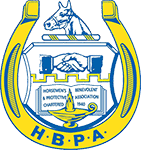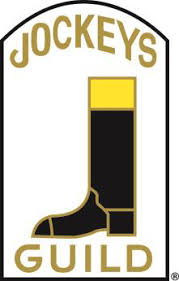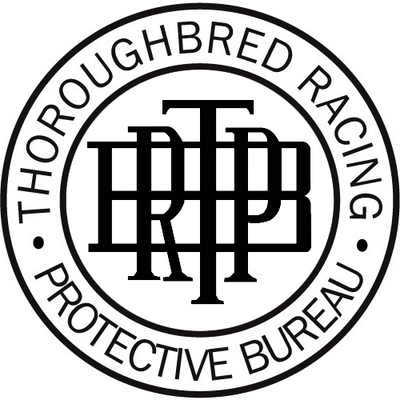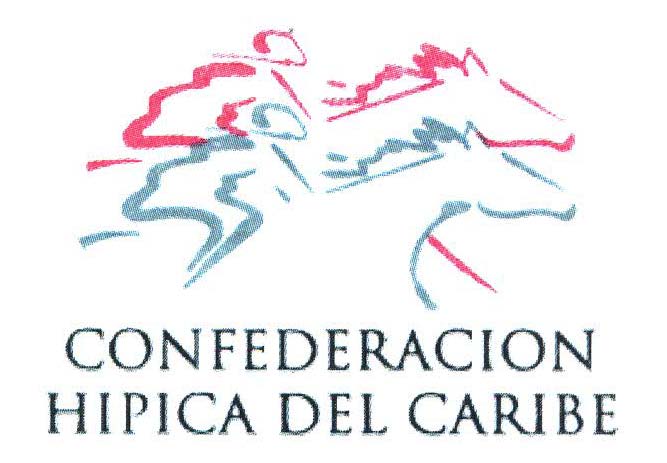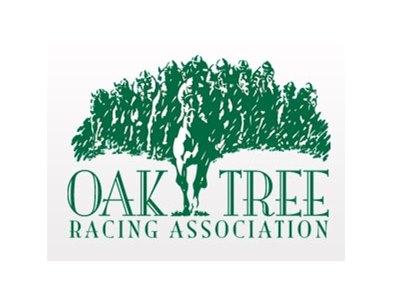
2021/2022 Points of Emphasis
1. Use and Regulation of the Riding Crop
A thorough understanding of the HISA rules and regulations is primary. Other issues, affecting any jurisdictions that are not enforcing HISA rules should include regulations regarding strike counts, the chance to respond rules and how New Jersey’s “only for safety” rule worked at Monmouth Park.
2. Understanding Microchips, Digital Certificates, Track Manager, InCompass and the eTrack System
The reason for continuing this POE is due to reports that there is still some confusion at the tracks about thoroughbreds going digital. And, although some tracks do not allow the stewards to use or view Track Manager, it is very important for stewards to understand all the “bells and whistles” available to the track and racing office and what important information can be found. The eTrack system is well understood by the harness judges but is new and quite interesting to those in the thoroughbred realm.
3. Effective Public Speaking and Communication Strategies for Stewards/Judges When Their Role of Trier of Fact (during the hearing process) Changes to That of a Witness Upon Appeal
This POE is a continuation of the 2019/2020 topic of Media Training. This takes another step in supporting racing officials with the skills needed when speaking during any regulatory process.
4. Benefits of Working as a Team: the practicing vet/regulatory vet/aftercare trifecta
Horses on the racetrack thrive when they are under the care of a team. That team consists of, among others, the grooms who are their daily caretakers, the trainers who act not just as athletic trainers but also as their agents in procuring health care and ensuring proper husbandry, veterinary practitioners providing primary health care and specialty services, and regulatory veterinarians. This team is at its most effective when all of the players can freely communicate.
Ultimately, veterinary practitioners can really be the first/last line of defense for the product that sets foot on the racetrack - if they have an established and trusted relationship with regulatory veterinarians and their commissions. But there are hurdles. 1) They face some challenging industry narratives ("vets are the problem"), 2) They face some challenging business models (a culture that has traditionally supported payment for medications and treatments rather than for diagnosis), and 3) They are not typically engaged in the rulemaking process. There is sometimes a sense of disenfranchisement with the system at a time when their contributions to the specialized care of the individual athlete is becoming ever more sophisticated.
Anything that goes toward enhancing the relationship between the regulatory and private veterinary practitioner can only go toward improving the daily life of the racehorse – both on the track and in a second career. To that end, ROAP has introduced a new POE entitled “Benefits of working as a team: the practicing vet / regulatory vet / aftercare trifecta.”
Panelists will address questions such as:
"What's the biggest challenge you face on a daily basis?"
"What's the one thing you wish stewards knew about the daily work you do?"
"What's the one thing stewards could do to improve things for [practitioners]/[regulatory vets]?"
“What is a concern you consistently hear about from new associates or graduating veterinarians considering [practice on the racetrack]/[a regulatory career]?”
“What is an area where you would like to see improved protocols and communication between parties?”
“What are some strategies you have used successfully to encourage owners and trainers to retire a horse prior to that ‘one last race, and why is that important?”
5. Best Practices for Pre-Meet Communications with Licensees
Stewards in Minnesota, as well as a number of other jurisdictions, have reported very positive outcomes resulting from meetings with the horsemen being held prior to the start of the racing season. Making all of the rules, regulations, and expectations of horsemen very clear appears to have reduced the number of violations, including medication violations, over the season.
